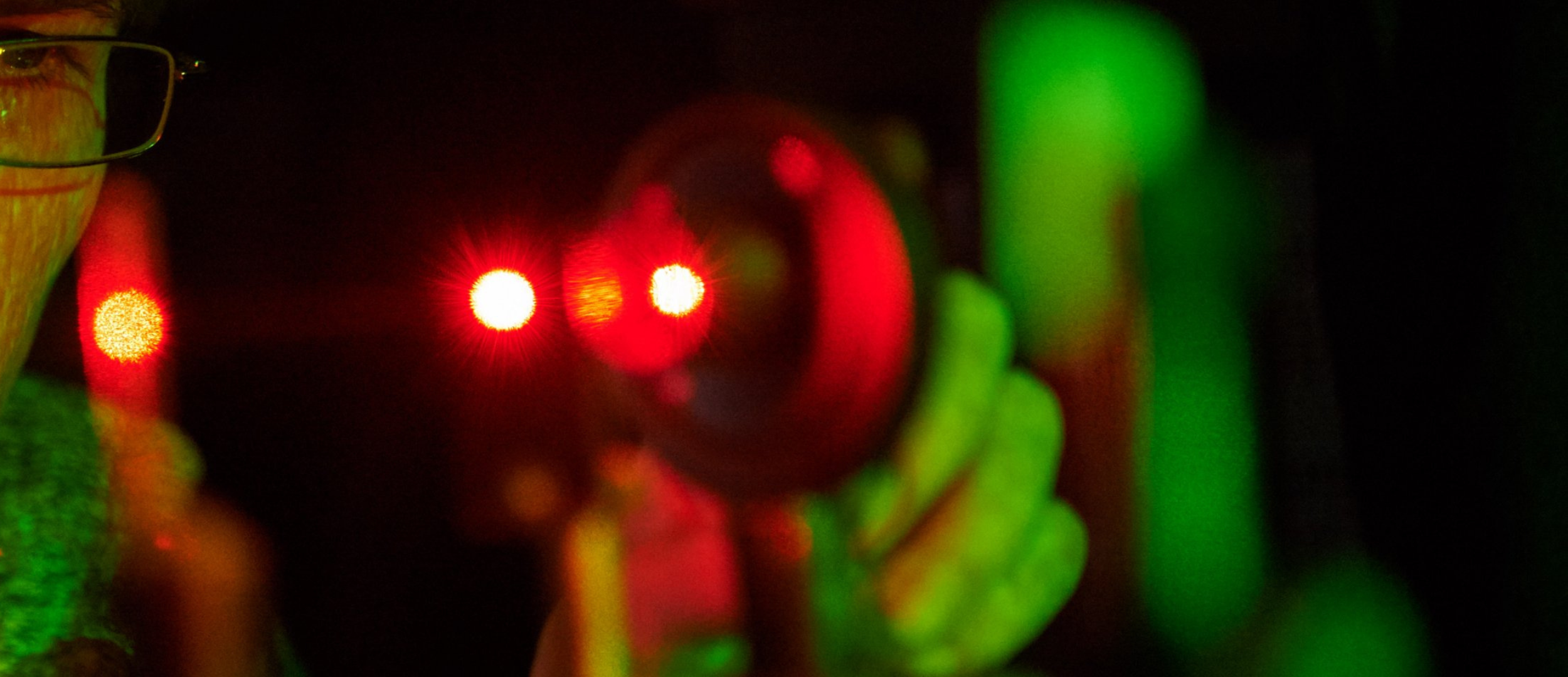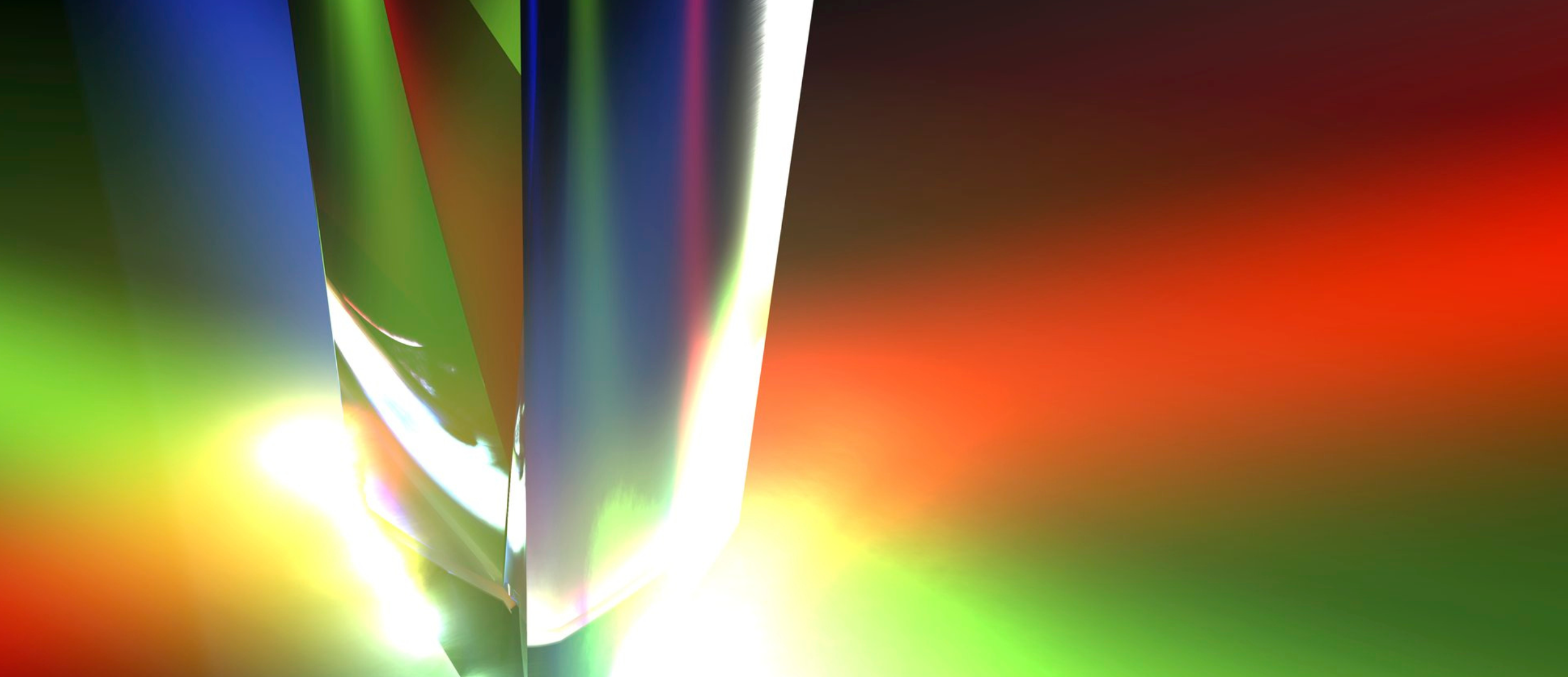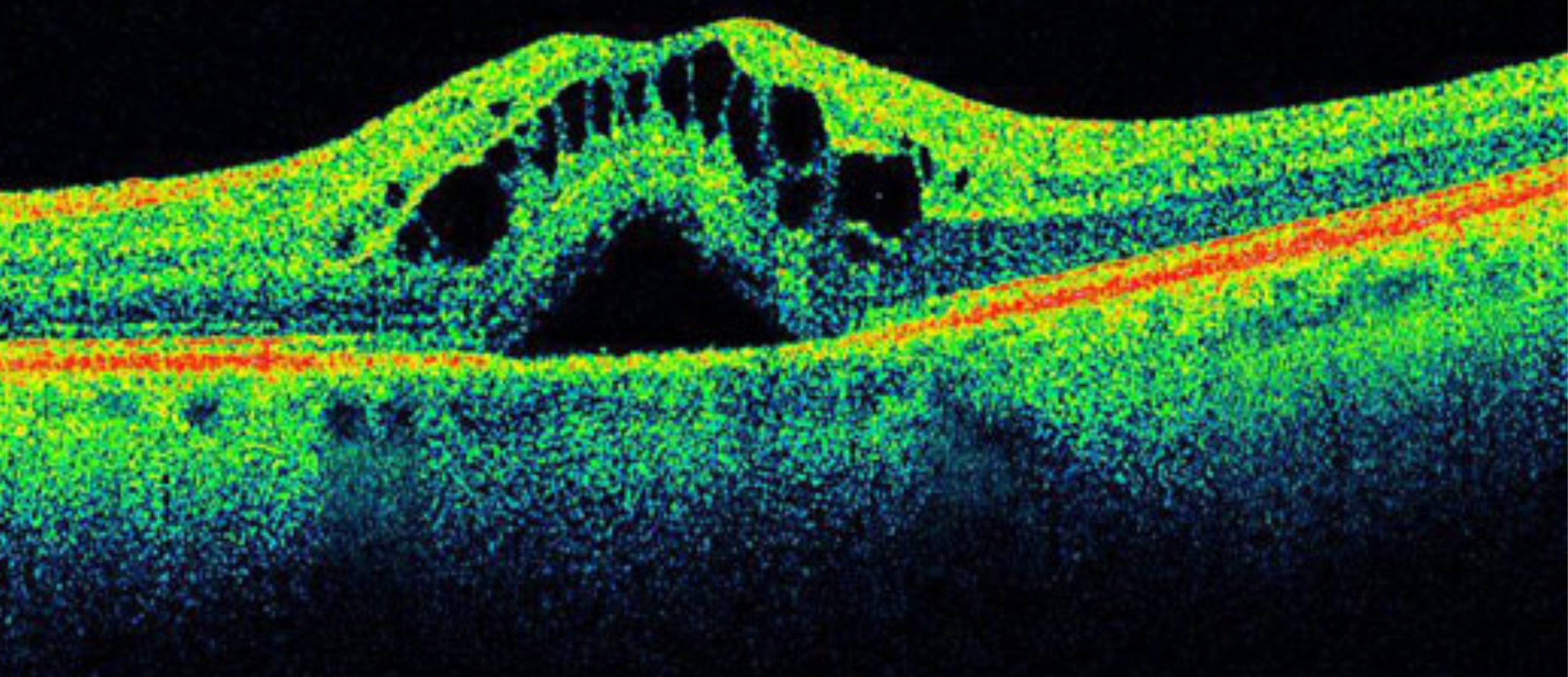What is a supercontinuum light source?

It is needed to talk about supercontinuum generation to explain what a supercontinuum light source is. Supercontinuum generation or SCG is a nonlinear process for strong spectral broadening of light. SCG converts the input light to light of other frequencies using optical nonlinearities.
This means that the supercontinuum is formed when the nonlinear processes act together on a pumped beam causing a strong spectral broadening. The result of this process is a super-wide continuous optical spectrum with very low temporal coherence and high spatial coherence.
The history of supercontinuum light
The generation of supercontinuum is a recent discovery. It is not until 1970 when Alfano, Robert R. and Shapiro, Stanley L., members of the GTE Lab at Bayside, observed a type of laser light that spanned a large part of the visible spectrum over 10 000 cm-1 under excitation of 532 nm green picosecond pulses.
They obtained the light from the supercontinuum by sending very high-intensity pulses of green laser light of only five picoseconds duration through crystals and glass.
The refractive index was modified when light interacted with the crystals or glasses, affecting its own phase, and widening its bandwidth dramatically.
Why is supercontinuum light so important?
The supercontinuum light source is such a breakthrough because of its high spectral intensity. It has a spectral intensity per nanometre much higher than any lamp or even the sun, thanks to the ultra-short pulse duration on the femtosecond to picosecond time scale.
This allows to replace and improve the result obtained with classic lamps, single-line lasers, LEDs, and ASE sources.
Nowadays, supercontinuum laser technology is one of the main inputs for bio-imaging, semiconductor inspection, sorting, device characterization, and metrology.
The applications of the supercontinuum will be explained in detail in the following sections.
Are all the supercontinuum sources the same?
The answer is no. Each company has developed a supercontinuum source based on its own know-how and the needs its customers have.
This means that it is needed to investigate about laser specifications and price to get the most suitable option.
One of the most cost-effective and robust SC sources is Iceblink. Iceblink is a supercontinuum fiber laser from FYLA. It covers the 450-2300 nm spectral range with over 3W of average power and has superior stability (<0.5% std. dev.). It is a very versatile white light source with a world of applications in the scientific and industrial sectors, including absorption/transmission measurements for material characterization, VIS, NIR and IR spectroscopy, single molecule spectroscopy and fluorescence excitation.
With the following specification Iceblink offers best power stability, best jitter and VIS+NIR power balance.
- Spectral Range:450-2300 nm
- Average Power: > 3 W
- Pulse Duration: < 10 ps
In addition to this, Iceblink offers a very interesting optional accessory to have a tuneable light source in the visible light, which is an advantage in many life science applications.
Applications of supercontinuum light sources
Supercontinuum light sources or white light sources are generally used for applications where researchers need a wide optical bandwidth at the same time as a high degree of spatial coherence so that the light can be well collimated and focused. We are going to explain some of them in the following paragraphs.
When talking about Supercontinuum applications we can divide them into two groups: life science and characterization.
Life science applications are the ones focused on the scientific study of life; it is normal that some life sciences focus on a specific type of organism.
Optical characterization applications are focused on finding the main characteristics of a device to find out how it behaves under a variety of conditions.
Life science applications of a Supercontinuum source
1. Single-molecule fluorescence
Single molecule fluorescence microscopy (SMFM) aims to investigate the behaviour of individual molecules (or small groups) under very strict conditions, ensuring that each molecule is in the same state as every other molecule.
This is done by attaching a fluorophore to a single molecule for imaging and/or monitoring over time.
Most conventional microscopy techniques can be used to image single molecules rather than large groups of molecules. Examples are standard wide-field fluorescence, confocal fluorescence microscopy and super-resolution microscopy (specifically PALM and STORM). There are also specific techniques suitable for SMFM, such as total internal reflection fluorescence (TIRF), Förster resonance energy transfer (FRET) and fluorescence recovery after photobleaching (FRAP).
The development of this technique was traditionally done by combining different diode lasers.
However, the use of supercontinuum light sources and in particular Iceblink and its specifications allows to have all wavelengths with one device, to avoid alignment problems and to gain space on the table.
The spectral width is key to the development of this research, in this case with Iceblink we have a spectral band of 450-2300nm while traditionally a single wavelength laser was available with a default bandwidth of 10-20nm.We have this setup courtesy of Photonics Nanosystems group led by Prof. Guillermo Pedro Acuna at the University of Fribourg (Switzerland) as an example of the use of Iceblink for single-molecule fluorescence
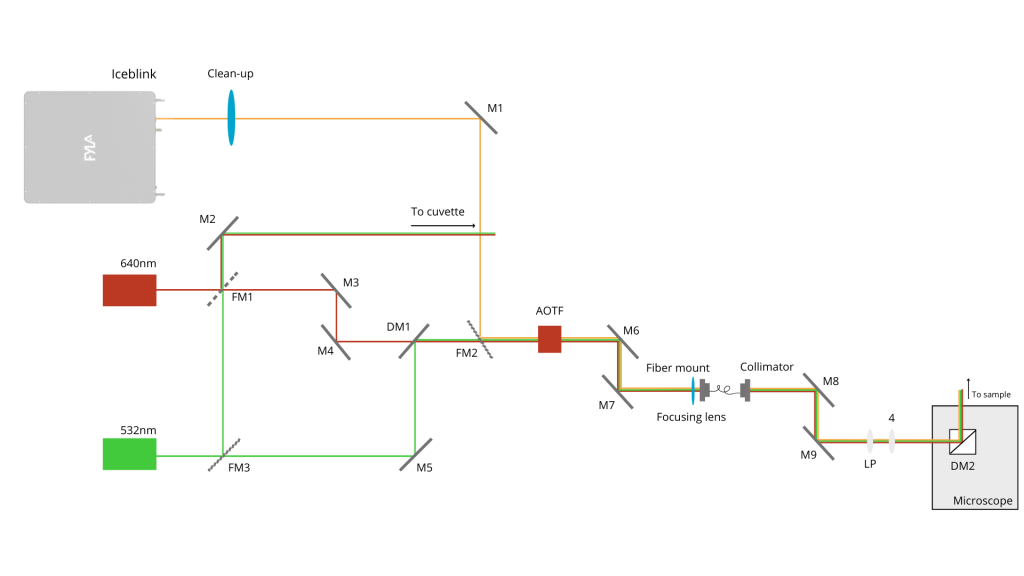
The set-up shows how the three lasers with their mirrors pass through the AOTF and an optical fibre that makes them all Gaussian and collimated to the same diameter to enter the microscope objective.
The types of samples used are fluorophores with nanoparticles at the single molecule level, with the aim of seeing how the latter affects the former. In addition, they are paired using DNA.
Find out more about this research: Studying single molecule fluorescence in the presence of metallic nanoparticles with a Iceblink supercontinuum laser.
The result of this research is already available, showing as Iceblink has been successfully used at DNA Origami technique. DNA-Templated Ultracompact Optical Antennas for Unidirectional Single-Molecule Emission.
2. Confocal Microscopy
Confocal microscopy is a specialised form of fluorescence microscopy. It uses particular optical components to generate high-resolution images of material stained with fluorescent probes.
This technique allows high-resolution images to be obtained in thick tissues. The difference between fluorescence microscopy and confocal microscopy is that fluorescence microscopy stimulates any dye molecule in the field of view, including those in unfocused planes, whereas confocal microscopy allows defocused light to be rejected from the detector.
As in the last application, Single molecule fluorescence, Iceblink can be used for confocal microscopy. Fyla supercontinuum laser allows to have all wavelengths with one device, to avoid alignment problems and to gain space on the table. However, attention needs to be paid to the power requirement, as it may be high for some specific investigations, but not for all.
As an example, here we can see the results obtained thanks to the use of Iceblink for Confocal Fluorescence Microscopy. The image shows BSC-1 cells nucleus and microtubules dyed with different fluorophores.
3. Hyperspectral Imaging
Hyperspectral imaging collects and processes information from the entire electromagnetic spectrum to obtain the spectrum of each pixel in an image.
This technique seeks to find objects, identify materials, or detect processes.
Iceblink, FYLA supercontinuum laser, compared to halogen lamps or LEDs, traditionally used to study this technique, offers more stability, a flatter spectrum and a spectrum that covers all three communication bands.
4. Light Sheet Elastic Scattering Microscope
Light Sheet Fluorescence Microscopy (LSFM) is a powerful imaging technique that enables fast and non-photo toxic 3D inspection of living specimens.
LSFM combines the speed of widefield imaging with moderate optical sectioning and low photobleaching. It is also referred to as SPIM, or simply “light sheet”.The setup is courtesy of Pablo Loza’s group at ICFO. It is a real example of the use of Iceblink for LSFM.

The setup shows as the light sheet illumination path consists of a couple of diode lasers emitting at 515 nm and 638 nm, and FYLA supercontinuum laser (Iceblink). Laser beams are expanded 10 times before entering the microscope.
P1 is a half-wave plate (HWP) that controls the polarization of the three beams before passing through the cylindrical lens (CL), the galvo mirror (GM), and the illumination objective (OBJill). GM scans the beam at OBJill’s pupil generating a pivoting light sheet at the sample plane.
Know more about this research on this article, FYLA Supercontinuum Laser for Light Sheet Fluorescence Microscopy.
5. Optical Coherence Tomography
Optical coherence tomography (OCT) is a simple, non-invasive diagnostic imaging technique for the detailed examination of the retina. It is used specifically for the exploration of the the macula, and the optic nerve.
OCT uses light waves to take cross-section pictures of the retina allowing to see each of the retina’s distinctive layers and map and measure their thickness. It works by measuring the amount of a dim red light that reflects off of the inspected parts.
The light source used for OCT must be a high-power supercontinuum light such as Iceblink.
Optical characterization applications of a supercontinuum source
1. Absorption / Transmission / Reflection Spectroscopy
Absorbance spectroscopy, or spectrophotometry, is the analytical technique based on measuring the amount of light absorbed by a sample at a given wavelength.
Transmission spectroscopy is highly interrelated to Absorption Spectroscopy. This technique can be used for solid, liquid, and gas sampling. Light is passed through the sample and compared to light that has not.
Reflectance spectroscopy is the study of light as a function of wavelength that has been reflected or scattered from a solid, liquid, or gas.
Generally speaking, supercontinuum sources are attractive for spectroscopic applications as Cavity Enhanced Absorption Spectroscopy (CEAS) or Fluorescence Correlation Spectroscopy.
Supercontinuum light sources provide broad wavelength coverage, which enables spectral signatures of multiple species to be detected simultaneously. In comparison to lamps and LEDs, these sources provide higher spectral brightness, permitting more rapid measurements to be performed.
In particular, Iceblink, FYLA supercontinuum laser, compared to halogen lamps or LEDs, traditionally used to study this technique, offers more stability, a flatter spectrum and a spectrum that covers all three spectral bands.
The following setup for photonic device characterization was designed for the measurement of the reflection and transmission spectra by Crina Cojocaru fromDepartament de Física i Enginyeria Nuclear, Universitat Politècnica de Catalunya, Spain.
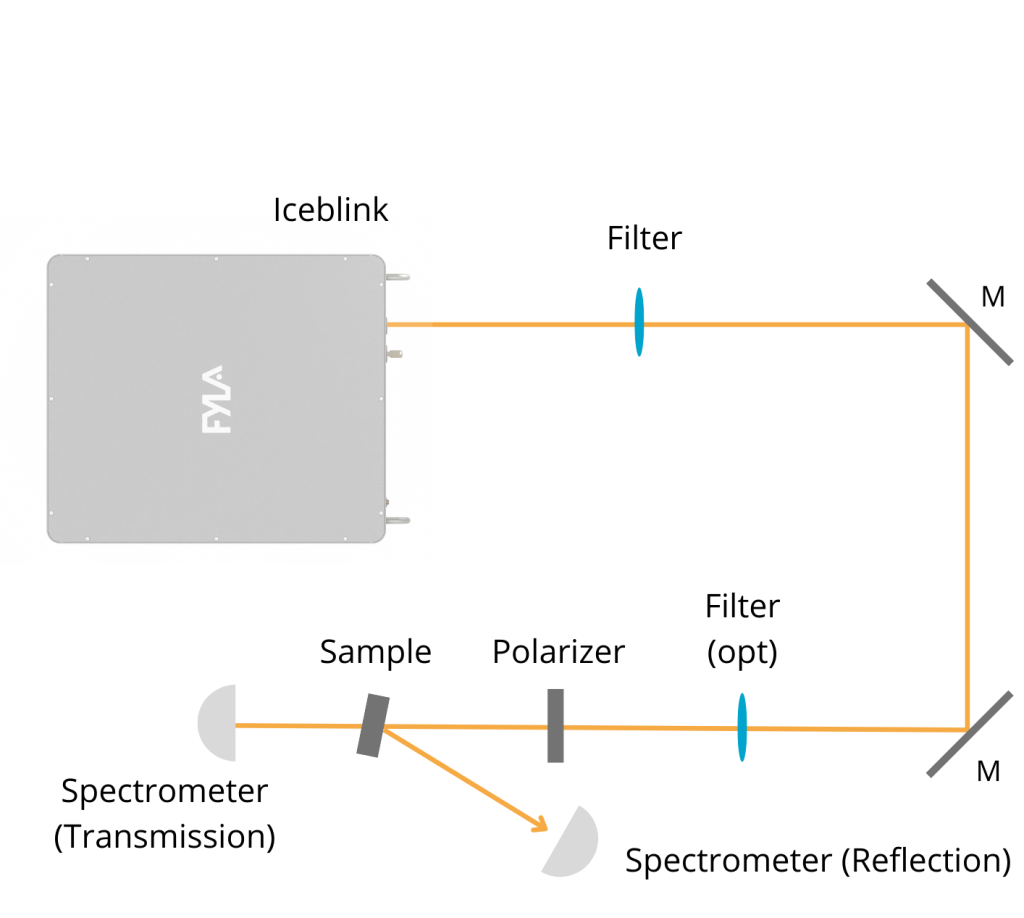
This setup consists of a supercontinuum laser Iceblink, two mirrors to direct the light, one (or two, depending on the detector) neutral density filter used to reduce the intensity of the light and avoid saturating the camera and a polarizer.
The sample is placed in a rotatory support that allows the incident angle control. Reflected and transmitted signals are detected with two different spectrometers: AvaSpec-2048 and SR 303I-A with camera ANDOR DU490A.
Another example of the uses of Iceblink is this setup of multimode fiber optic interferometer for measurement, detection and analysis of liquid-solid phase transitions.
It is courtesy of Markus Solberg Wahl, Øivind Wilhelmsen, Dag Roar Hjelme from Norwegian University of Science and Technology (NTNU), Department of Electronic Systems, 7491 Trondheim, Norway, Norwegian University of Science and Technology (NTNU), Department of Energy and Process Engineering, 7491 Trondheim, Norway and SINTEF Energy Research, 7034 Trondheim, Norway.
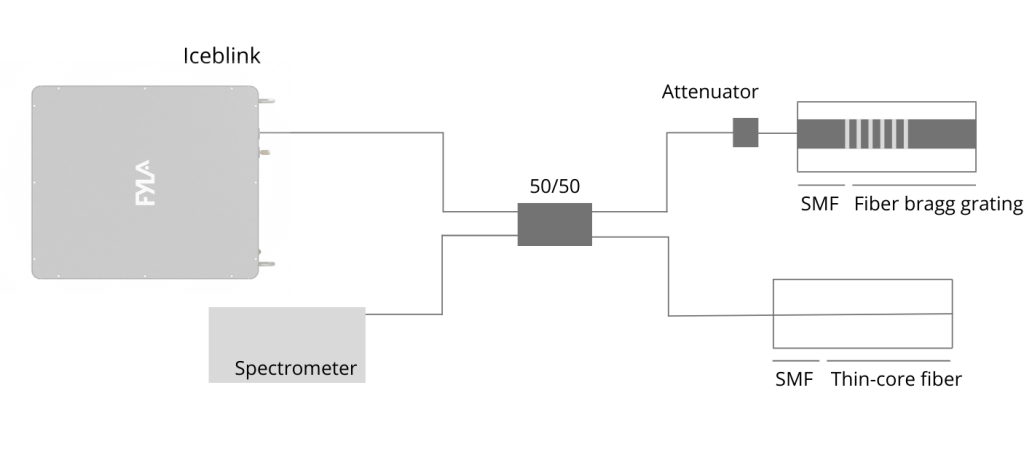
The setup shows the fiber-optic sensor system. It consists of a broadband source (Iceblink), a grating-based spectrometer with 0.3 nm resolution (Ibsen I-MON 512), and a 2 × 2 coupler (Thorlabs, TW1550R5A2).
The components are connected with a 2×2 coupler (Thorlabs,TW1550R5A2). The FBG sensor (Optromix) is inscribed in an SM1500 fiber and exhibits a reflectivity of 79% and full-width half-maximum (FWHM) of 0.2 nm.
The multi-mode interferometer (MMI) is fabricated by splicing a 14.2 mm section of thin-core (TC) fiber (SM400) or coreless (CL) fiber (FG125LA, Thorlabs) to the end of a single-mode fiber (SMF).
How to choose the best supercontinuum source?
To choose the most suitable supercontinuum laser for your lab is important to define the specifications your research demands.
It is so common to overestimate the power or stability the investigation needs, and this inevitably leads to buying a laser with unnecessary specifications and a higher price tag.
Supercontinuum sources are so versatile that robustness is a key fact, it is normal that the same laser source is used in different experiments. Regarding this is so convenient to have a high-quality product and good support team on behalf of the company, as this will help to avoid problems and reduce time.
The best option is to ask an expert to determine the different lasers the market offers and choose the most suitable one.
Specifically speaking of Iceblink, the FYLA´s best seller at the supercontinuum laser category. We must highlight the latest improvements.
After years of selling and understanding what our clients need, we have invested in a upgrade process.
The result is a white light source with 3W power and the same robustness and stability.
We have tried to match the power needs of some applications with the restricted budget of scientists.
The world of research is always changing and challenging new discoveries, we have talked about some applications where a supercontinuum source is currently used but there are many more, and it is a living process. As we have said we are talking about one of the most versatile light sources that open up a world of applications and help to improve performance and get better results.

